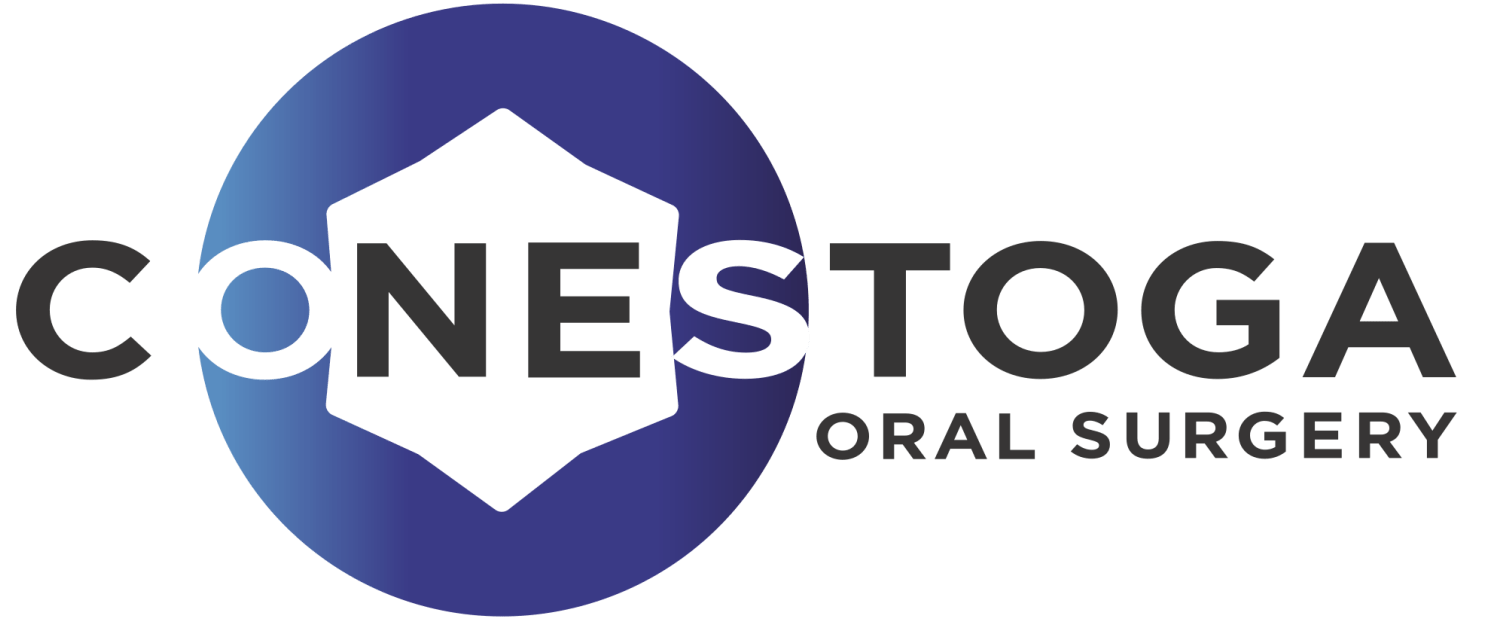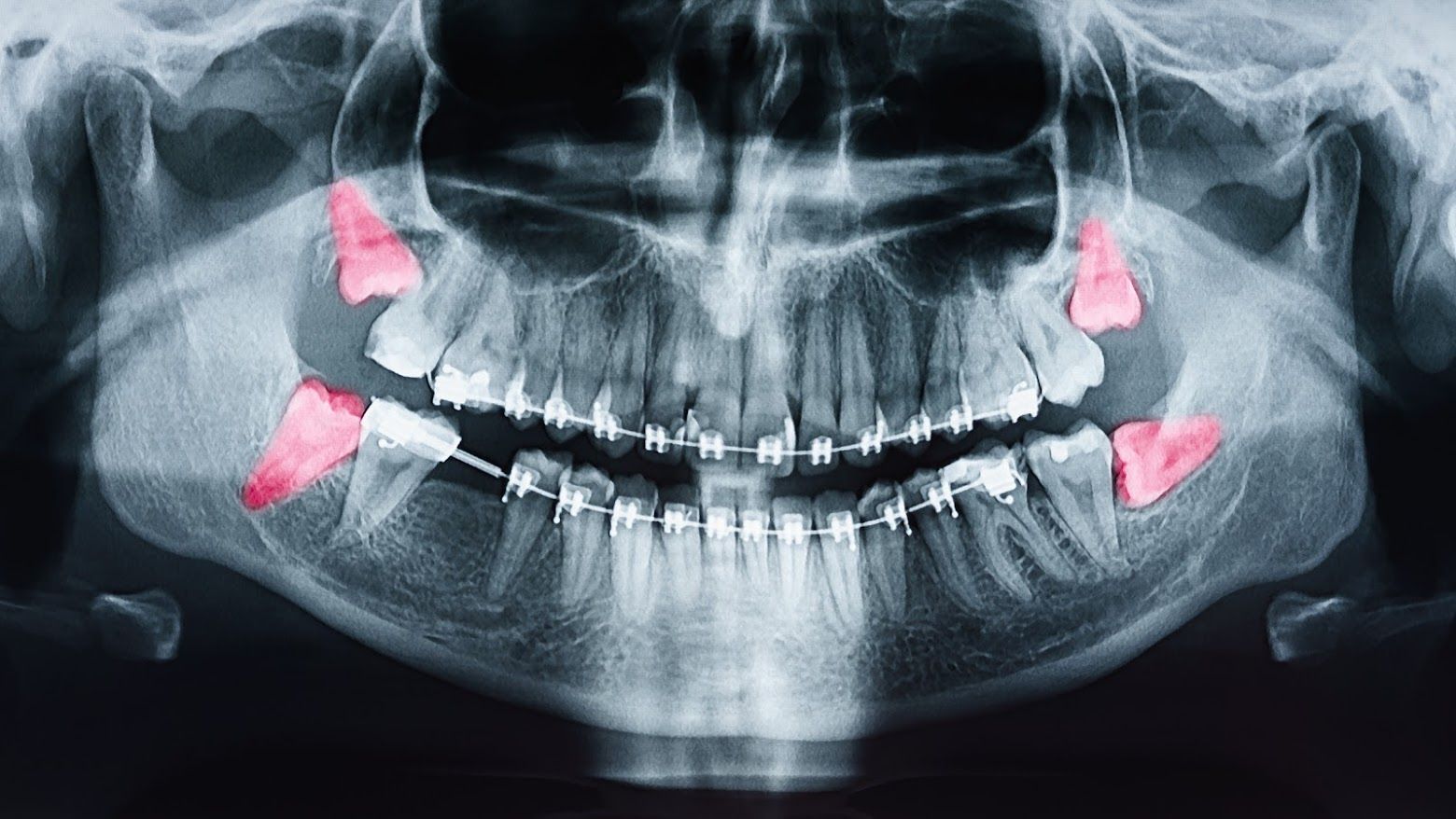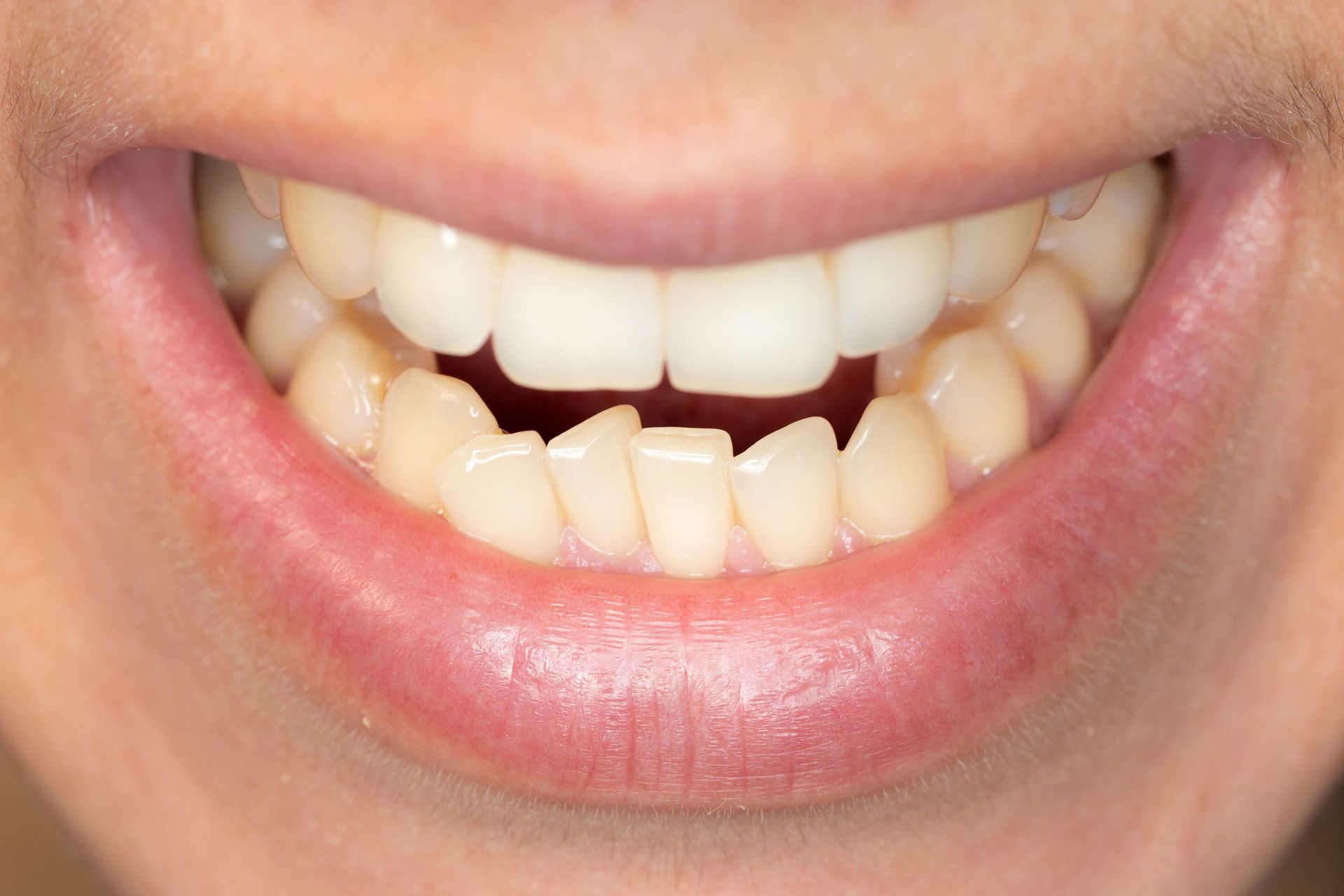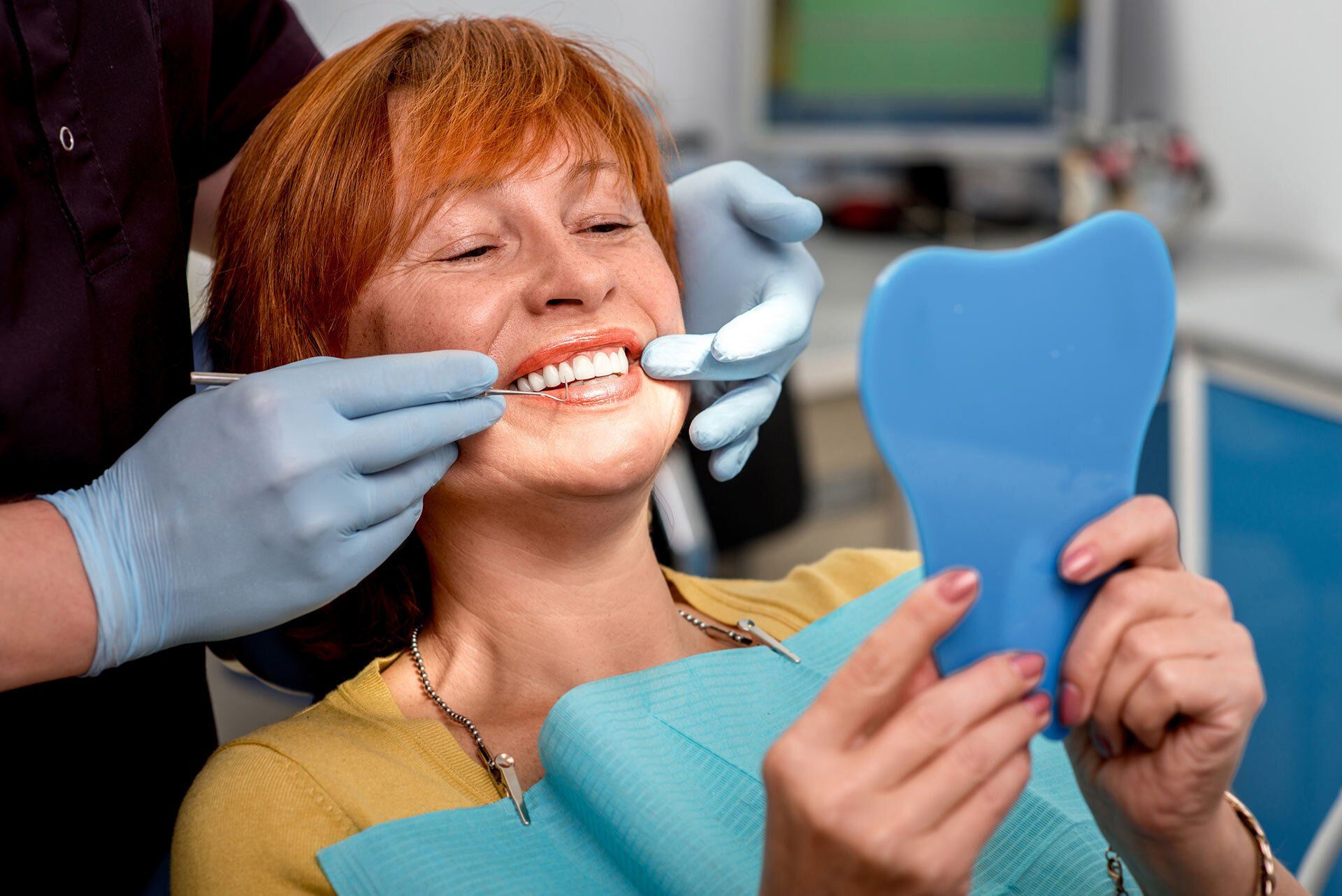Lancaster Office
Hershey Office
Lititz Office
Everything You Need To Know About TMJ Disorders

The temporomandibular joint (TMJ) is a unique and very important joint that assists with many daily activities such as chewing and speaking. However, when this intricate joint does not function properly, it can lead to various unpleasant symptoms and difficulty with simple tasks such as opening and closing of the mouth. An overview of TMJ disorders will show how the joint itself is affected and how these debilitating disorders are treated with both conservative and surgical treatments.
OVERVIEW
The temporomandibular joint is the joint connecting the jawbone (mandible) to the skull base. The joint is located just in front of the ear canals and enables the jaw to move in a seamless motion with both hinging and translational movement for chewing, talking, and wide-mouthed yawning. It is when this joint moves irregularly or malfunctions that patients experience exquisite pain and the inability to open and close, which many of us take for granted.
ETIOLOGY
Many patients mistake acute/chronic muscle pain as TMJ pain. The pain is often focused around the muscles on the side of the face near the cheek. This type of pain can be caused from clenching or grinding the teeth during the day or while sleeping and is often worse upon waking in the morning or after longs periods of use (speaking throughout the day or chewing hard and chewy foods). Stress can also play an important role in the development of myofascial pain. Oftentimes conservative therapies are successful in reducing or resolving this type of discomfort altogether.
Temporomandibular Disorder (TMD) is most often caused from a traumatic event or from gradual or sudden degeneration of the joint. This type of pain is centered right at the joint itself rather than along the entire side of the face. These patients are unable to open and close without extreme pain. They also experience progressive loss of opening as the joint deteriorates. Popping and clicking can also be an early sign that the joint is not functioning properly. Patients with malocclusions (misaligned teeth causing overbites and underbites) and those with arthritic changes associated with aging are also more prone to the development of TMD. These patients are unable to function without daily pain and often have to permanently alter their diet to accommodate their inability to chew properly.
RISK FACTORS
Biological sex (females are more prone to development of TMD), poor posture, extended periods of stress, hypermobile joint function, family history, hormonal fluctuations (from medications or menopause), aged related joint degeneration, and certain oral habits (such as chewing on hard items) all increase the risk of developing TMD. Therefore, before you begin any treatment for TMD, you should obtain a thorough clinical and radiographic examination by an oral and maxillofacial surgeon.
SYMPTOMS
Symptoms patients often experience include:
- Generalized jaw discomfort and pain
- Headaches/migraines
- Neck and shoulder pain
- Suspected tooth or ear pain with no definitive cause
- Popping or clicking when opening and closing
- Feeling tightness of the jaw
- Open and closed lock of the jaw
- Malocclusion (misalignment of the teeth)
DIAGNOSIS
Your dentist may assist you with the diagnosis of TMD. However, there are times when general dentists refer a patient to an Oral and Maxillofacial Surgeon. This dental specialty receives additional training in both the surgical and non-surgical treatments for TMJ problems. A thorough clinical examination if often completed to determine the root cause of the jaw pain and then recommendations are made. The examination may include but is not limited to obtaining measurements with a ruler, palpating the joint and muscles themselves, observing opening and closing, and obtaining imaging of the joint.
A panoramic x-ray is the first image that is often obtained as it shows the joint topography well and is often easy to obtain in an office setting. For progressive TMD, a MRI is the image of choice as it shows both bone and soft tissue and can also identify inflammatory processes within the joint space. The MRI is obtained in a hospital/imaging center and the patient is place in both an open and closed position during the scan to observed how the joint functions. This thorough evaluation is necessary for a healthcare provider to identify TMJ disorder and start the patient on the right course of treatment.
TREATMENT
Conservative therapy is always the initial step in the treatment of TMJ disorders. This often revolves around the patient becoming more aware of when the pain is present and what are the inciting events that increase pain and discomfort. Activities that exacerbate pain should obviously be avoided.
Applying ice or heat to the affected side daily can also help reduce inflammation and pain. A patient’s diet should be softened to a non-chew status until the pain has resolved. Foods such as oatmeal, scrambled eggs, yogurt, soup, etc allow for minimal forces at the joint itself while maintaining good nutrition. For patients that are bruxing (grinding or clenching the teeth), a hard acrylic nightguard can be considered. Non-steroidal anti-inflammatory medications such as ibuprofen can also be taken to reduce joint inflammation.
Surgical intervention is only considered in severe cases where daily activity is significantly affected and pain is high and uncontrolled with common over-the-counter medications. There are various surgical routes that may be considered such as a minimally invasive arthroscopy with arthrocentesis, in which a skilled surgeon can visualize the joint space, flush inflammatory fluid and remove minor scar tissue. Other surgeries may also be considered such as an arthroplasty or total joint replacement.
TMJ pain can be difficult to treat and the source of the pain can often be difficult to determine. If you believe you are suffering from TMD, contact the doctors at
Conestoga Oral Surgery for a consultation today. Our office can provide you with many helpful resources to help improve your quality of life.
- Mon - Thu
- -
- Friday
- -
- Sat - Sun
- Closed














